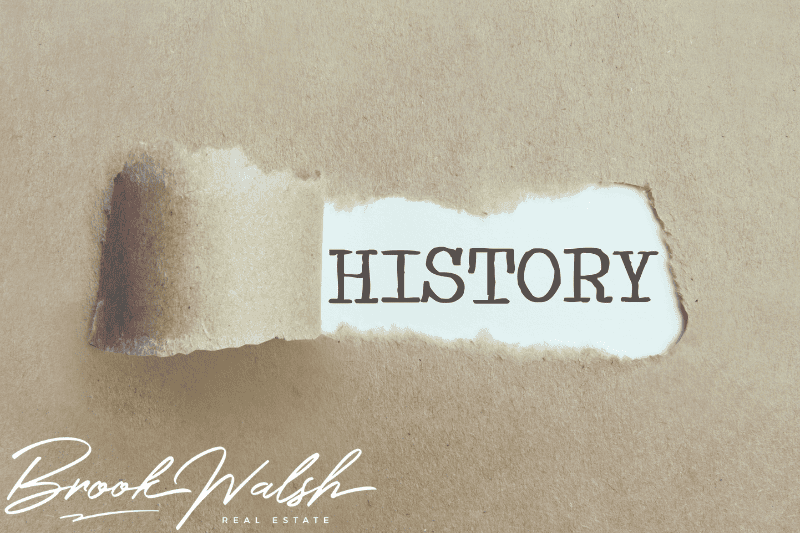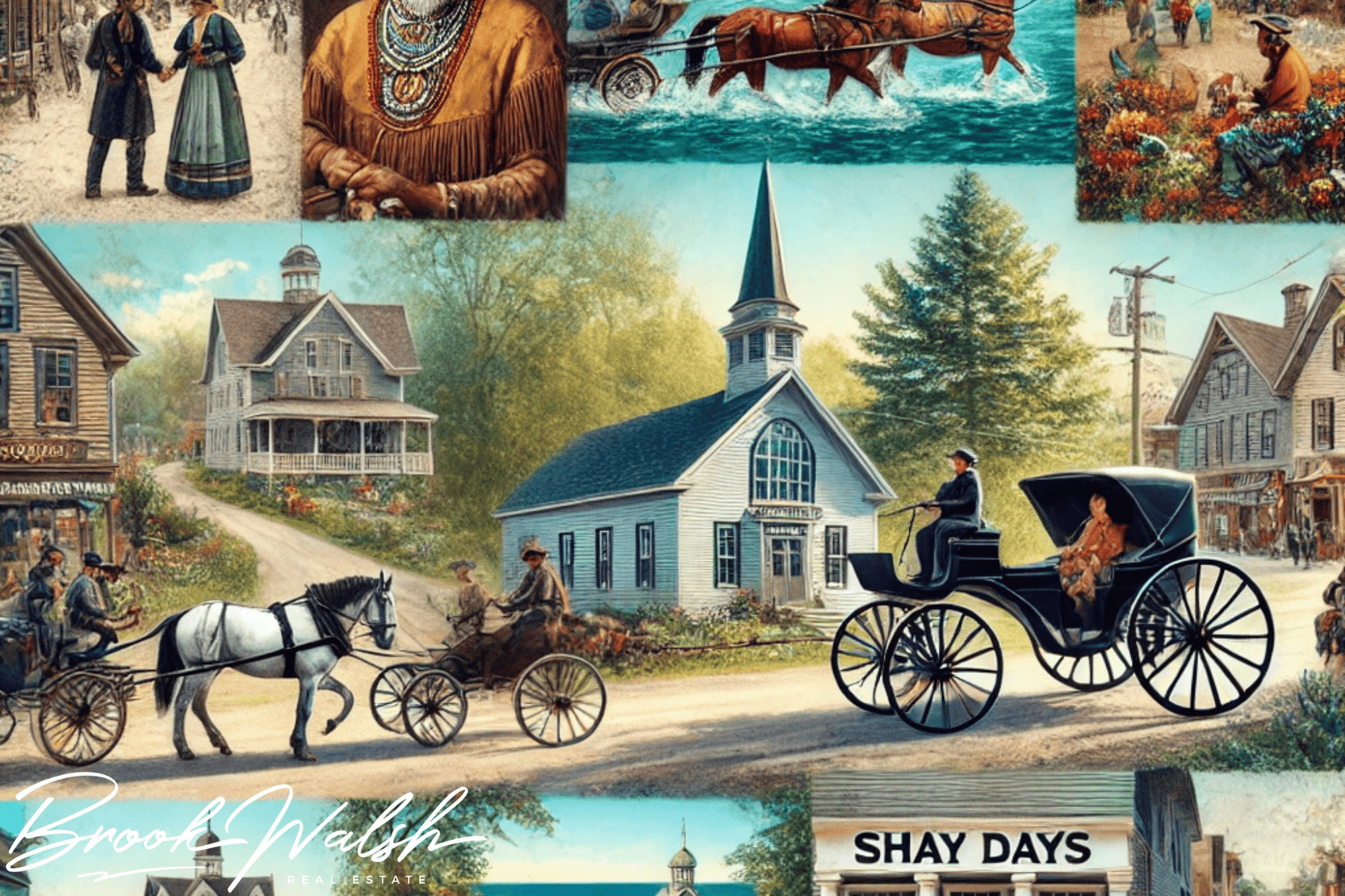The Fascinating and Rich History of Harbor Springs: A Complete Timeline
Explore the captivating Harbor Springs History from its Native American roots to its rise as a charming resort town. Discover key events, landmarks, and cultural treasures.
Introduction to Harbor Springs History

Tucked along the northern shoreline of Michigan’s Lower Peninsula, Harbor Springs is more than just a scenic lakeside getaway. Its rich tapestry of history, woven with indigenous heritage, European exploration, and Gilded Age elegance, makes it a truly fascinating place. This story isn’t just about a town—it’s about the people, cultures, and pivotal events that shaped the heart of northern Michigan.
Located on the shores of Little Traverse Bay, this charming community has grown from an indigenous settlement into a sought-after vacation destination. Let’s explore how it all began—and how its legacy lives on today.
The Native American Roots of Harbor Springs
Long before European ships touched Michigan's coastlines, Harbor Springs was home to the Odawa (Ottawa) people, one of the Anishinaabe tribes. These indigenous peoples lived in harmony with the land, fishing the crystal-clear waters, gathering maple syrup, and crafting tools and canoes from the surrounding forests.
Cultural Practices and Local Legends
Odawa traditions emphasized storytelling, spiritual practices, and a deep respect for nature. They believed Little Traverse Bay was a gift from the Great Spirit. Local legends often mention spirits that guard the waters and forests—a legacy still echoed in the cultural fabric of Harbor Springs today.
French Exploration and Jesuit Influence
By the 1600s, French fur traders and Jesuit missionaries had arrived. They established early missions to convert indigenous communities, most notably the Jesuit Mission of L'Arbre Croche, which would later evolve into what we now call Harbor Springs. The French influence is still evident in early maps and documents.
This era brought the beginning of recorded history for the region and sowed the seeds of international interest in its natural riches.
Harbor Springs Under British and American Rule
Following the French defeat in the Seven Years' War, the British took control, only to cede the region to the Americans after the Revolutionary War. These geopolitical changes drastically impacted local tribes and land ownership.
Treaty of Washington (1836)
One of the most transformative events was the Treaty of Washington, where the Odawa ceded vast tracts of land, including what is now Emmet County. While the treaty allowed continued residency in certain areas, it marked the beginning of a new chapter with increased European-American settlement.
The Rise of a Logging Town (Mid-1800s)
The mid-19th century ushered in the lumber era. With abundant white pines and easy access to the Great Lakes, Harbor Springs became a hub for logging operations. Sawmills sprang up, and timber barons invested in infrastructure, setting the foundation for future economic growth.
Key Figures and Entrepreneurs
Pioneers like Ephraim Shay, the inventor of the Shay locomotive, played a pivotal role in industrial innovation in the region. Shay’s legacy lives on in the town’s historic architecture and annual celebrations.
Harbor Springs as a Summer Resort Destination

As the 19th century closed, Harbor Springs began attracting wealthy vacationers from Chicago, Detroit, and St. Louis. Drawn by the cool breezes and serene landscapes, the town morphed into a quintessential Victorian resort community.
Victorian Architecture and Tourism
Elegant summer homes, many of which still stand, showcase the architectural grandeur of the Gilded Age. These estates reflect a time when steamboats brought families north for the summer, and afternoon tea on the porch was a staple of high society.
Education and Religion in the 19th Century
The growth of Harbor Springs included the development of its religious and educational institutions.
Holy Childhood of Jesus Church
Established in 1829, the Holy Childhood Church is one of the oldest Catholic churches in Michigan. It served both indigenous and settler communities and remains a symbol of the town's multicultural roots.
The Railroad's Arrival and Economic Growth
The arrival of the Grand Rapids and Indiana Railroad in the late 1800s transformed Harbor Springs into a booming summer retreat and commercial hub.
Transportation and Market Access
With better access to distant markets, local businesses thrived. Visitors could now travel with ease, leading to the construction of hotels, restaurants, and shops that formed the backbone of the town’s economy.
20th Century Modernization
The dawn of the 20th century brought about critical developments in Harbor Springs, not just in terms of infrastructure but also in lifestyle. The community gradually modernized, with paved roads, telephones, electricity, and automobiles becoming commonplace.
By the mid-century, Harbor Springs had transformed into a balanced blend of historical charm and modern conveniences. While the summer tourism scene thrived, so did local entrepreneurship, education, and year-round living, turning it into more than just a seasonal town.
The Harbor Springs Historical Society
 Preserving Harbor Springs' past has always been a community priority, and the Harbor Springs Historical Society has played a vital role in making that happen. Founded to conserve local history, the organization operates the Harbor Springs History Museum, which offers an immersive journey through time.
Preserving Harbor Springs' past has always been a community priority, and the Harbor Springs Historical Society has played a vital role in making that happen. Founded to conserve local history, the organization operates the Harbor Springs History Museum, which offers an immersive journey through time.
Key Exhibits and Programs
The museum includes permanent exhibits showcasing Native American artifacts, early settler life, and the evolution of transportation and tourism. Special programs like walking tours and lectures engage both locals and visitors in the area's rich heritage.
Harbor Springs Today: Honoring Its Past
Modern-day Harbor Springs embraces its past while continuing to evolve. Quaint downtown shops, artisan galleries, and cozy restaurants line the streets where horses once trotted. Events like historical reenactments and art fairs allow residents and visitors to experience history in living color.
The town has managed to strike a beautiful balance—preserving its historic identity while welcoming innovation and progress.
Notable Historic Landmarks to Visit
Harbor Springs is dotted with landmarks that speak volumes about its layered history. Here are some must-visit sites:
| Landmark | Historical Significance |
|---|---|
| Andrew J. Blackbird House | Once home to the Odawa chief and interpreter, now a museum dedicated to Native American heritage. |
| Ephraim Shay House | A unique hexagonal home of the famous inventor of the Shay locomotive. |
| Holy Childhood Church | A powerful symbol of Jesuit influence and cultural integration. |
| Depot Club and Restaurant | Formerly a train depot, now a high-end eatery preserving its historic character. |
Cultural Events That Celebrate History
Harbor Springs doesn’t just remember history—it celebrates it with vibrant community events that honor its past.
-
Shay Days: A tribute to Ephraim Shay, with demonstrations, crafts, and historic tours.
-
Blissfest: Although a music festival, it’s deeply rooted in regional storytelling and community traditions.
-
Harbor Springs Festival of the Book: Celebrating literary contributions to historical narratives.
These events create a bridge between generations, allowing stories to be passed on in engaging and memorable ways.
FAQs About Harbor Springs History

1. Who were the first people to live in Harbor Springs?
A. The Odawa tribe, part of the Anishinaabe peoples, were the original inhabitants. They established L'Arbre Croche and lived off the land with a rich spiritual and storytelling tradition.
2. What does "Harbor Springs" mean?
A. Originally known as L'Arbre Croche (Crooked Tree) by the French, it was renamed Harbor Springs due to the freshwater springs near the harbor area.
3. What is the oldest building in Harbor Springs?
A. One of the oldest structures is the Holy Childhood Church, founded in 1829, which has served both indigenous and settler populations.
4. Who was Ephraim Shay?
A. Ephraim Shay was an inventor known for the Shay locomotive. His contributions to transportation and his uniquely designed home have made him a local legend.
5. Is Harbor Springs still a resort town today?
A. Yes, but it has grown into a year-round community that celebrates its resort heritage while embracing modern living.
6. What’s the best way to learn about Harbor Springs history during a visit?
A. Start at the Harbor Springs History Museum, take a walking tour, and visit historic landmarks like the Shay House and Andrew J. Blackbird Museum.
Conclusion: The Legacy of Harbor Springs
The history of Harbor Springs is a compelling story of resilience, adaptation, and community spirit. From its indigenous roots and missionary chapters to its role in Michigan’s industrial and resort development, the town stands today as a testament to the enduring value of remembering where we come from.
As visitors stroll the boardwalks or gaze at Victorian cottages, they’re not just enjoying a scenic destination—they’re walking through living history.
Whether you're a curious traveler, a local history buff, or a digital wanderer, Harbor Springs welcomes you to become a part of its ever-evolving story.
Posted by Brook Walsh on

Leave A Comment